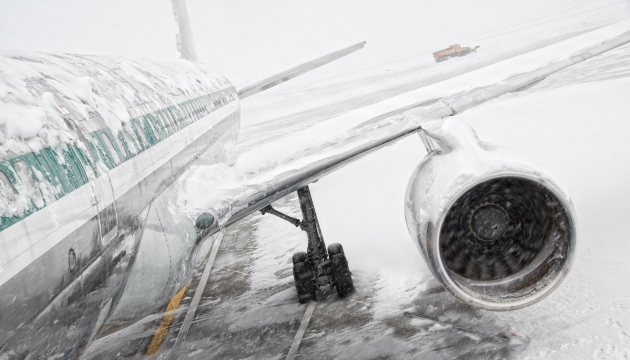Tactical pricing in the corporate air market is defined many ways. The simplest definition is when an airline provides a company with higher discounts than outlined in an existing contract. Here’s an example: A company may have negotiated a 20% discount on business class D inventory for a New York-London route. But the airline finds it has a short-term increase in available seats or even just wants to try higher discounts to test the competitive outcome, so it offers the company a limited-time, 30% discount on the same inventory and route.

Sounds great, right? Well, not always, warns Advito’s Jason Kramer in a recent Out Front blog. “Tactical pricing done transparently between an airline and a company fosters a constructive partnership and can lead to a win for both parties. But tactical pricing implemented by the airline without transparency to the company can lead to contract compliance challenges with other preferred partners.
“A deeper discount on one preferred airline can move market share away from another preferred airline. That can potentially compromise your contract commitments,” Kramer said. “In addition, tactical pricing without transparency can be considered a breach of contract, since most airline contracts require a minimum of 30 days’ notice to amend or cancel an existing contract.”
The business travel consultancy’s advice: Ask your preferred airline partners if tactical pricing is being applied to your program, and check in regularly to ensure your company is getting discounts or fixed fares you agreed to in negotiations. If tactical pricing is happening, ask the airline to notify you before it’s applied and provide you an opportunity to decline.
When travel buyers understand how tactical pricing works and whether it’s being applied to their programs, they can capitalize on the savings opportunities without unintended consequences. “Airlines’ tactical pricing can drive traveler behavior, benefitting all parties—and the bottom line,” Kramer said. “That’s why tactical pricing—and competitive pricing, in general—should be a part of every meeting your company has with airline partners.”

